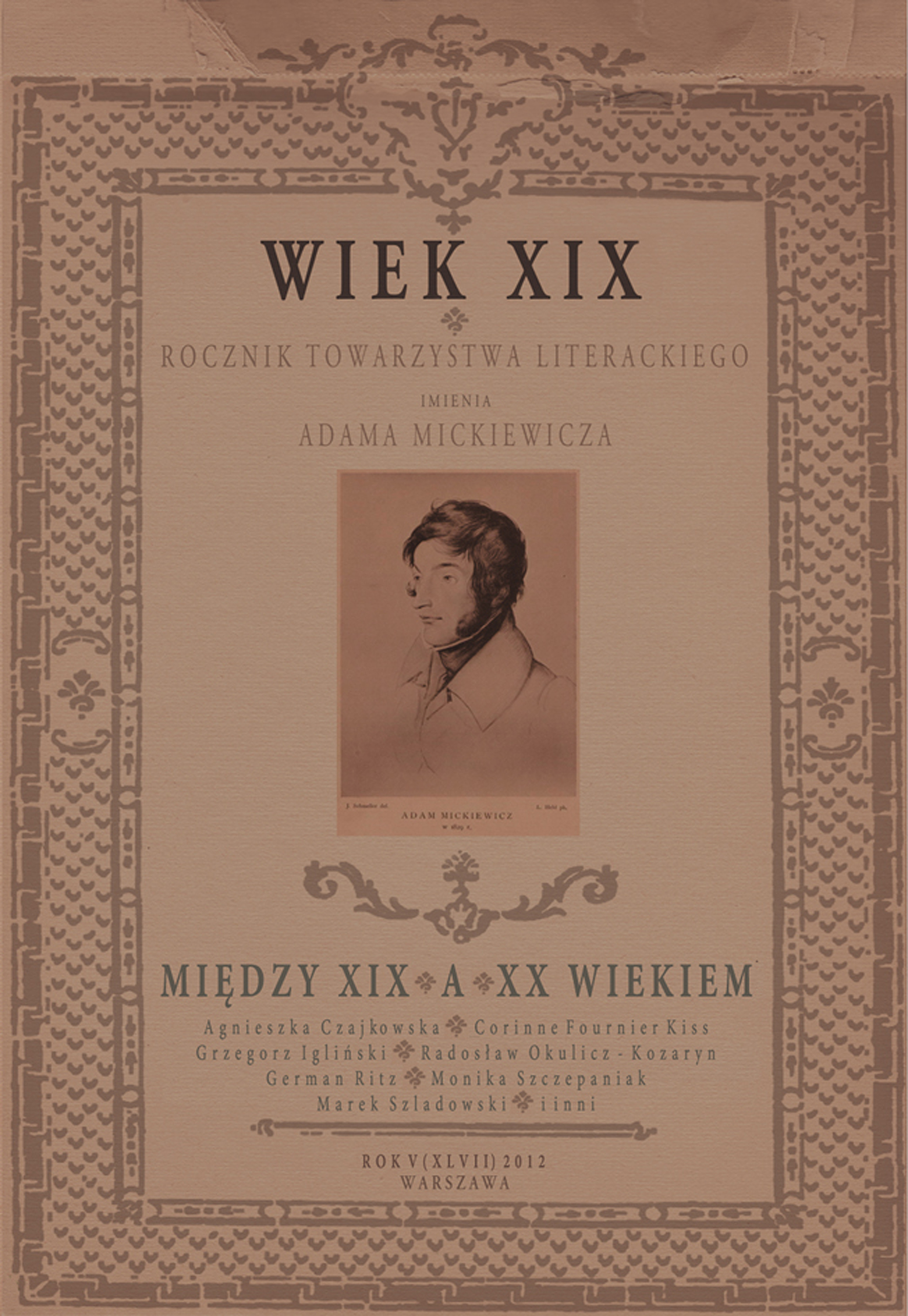Sonet siostrzany. „Kinga i Johelet” Kazimiery Zawistowskiej a „Błogosławiona Salomea” Stanisława Wyspiańskiego
A Sisterly Sonnet: Kazimiera Zawistowska’s "Kinga i Johelet" and Stanisław Wyspiański’s "Błogosławiona Salomea"
Author(s): Rozalia WojkiewiczSubject(s): Language and Literature Studies, Studies of Literature, Polish Literature
Published by: Towarzystwo Literackie im. Adama Mickiewicza
Keywords: Stanisław Wyspiański; Kazimiera Zawistowska; stained glass window; Gothic stained glass; Franciscan Church in Krakow; rose; lily; Saint Francis; sonnet; correspondence of arts; St. Kinga; St. Johelet
Summary/Abstract: Kazimiera Zawistowska’s lirycal poem "Kinga i Johelet" contributes to a current described as ‘Young Poland’s Middle Ages’ [średniowiecze młodopolskie]. As its interpretation evolves, it becomes apparent that apart from describing the lives of the blessed Franciscan nuns, the poem forms a symbolic commentary to the iconographical programme of the Franciscan Church in Krakow – the stained glass windows designed by Stanisław Wyspiański. The sonnet on the saint Clarisse nuns is a sort of compensation for the rejection of a part of the artist’s design, complementing, with use of poetic means, the window effigy of the blessed Salomea. Moreover, creating a ‘portrait’ inspired by the stained glass pane, Zawistowska follows the same road as e.g. Gustave Flaubert ("The Legend of Saint Julian the Hospitaller") or Walter Pater ("Denys L’Auxerrois"): constructing their stories, they ‘animated’ the stories from the Gothic windows.
Journal: Wiek XIX. Rocznik Towarzystwa Literackiego im. Adama Mickiewicza
- Issue Year: XLVII/2012
- Issue No: 1
- Page Range: 189-211
- Page Count: 23
- Language: Polish

